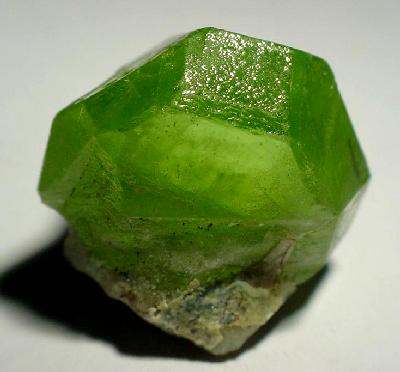August is here, and, for many of you, that means the beginning of a new school year is fast approaching. Although you might not be teaching yet, here are a few August-related ideas that you can use in your classroom throughout the year.

Science: August’s birthstone is the peridot, which is gemstone-quality olivine. If you’re studying gemstones in science class, you may want to have your students look up the color, crystal system, cleavage, fracture, luster, hardness, specific gravity, and streak of their birthstones. Before you begin, ask students the simple question, “Where do minerals (such as olivine) come from?” Christian students will likely answer, “God made them,” and that is certainly true. However, as the following text from Earth Science explains, the Flood had a huge impact on the location and variety of minerals in the earth:
The Flood completely transformed the earth’s surface. The catastrophic processes of the Flood broke apart the original materials that God had made during the creation week, both physically and chemically. New minerals and ores formed in different places. Though the Flood is a testimony of God’s judgment in the devastation of the earth, it is also a testimony of His grace in providing new minerals for man to use.
—Earth Science (4th ed.), p. 194
Literature: August 6 is Alfred Lord Tennyson’s birthday. Elements of Literature includes one of his poems entitled “Lady Clare.” The poem explores the nature of true love. Encourage critical thinking in your students by asking them questions related to the poem’s theme. Below are some examples of critical-thinking questions from the Teacher’s Edition of Elements of Literature.
What does it mean to truly love someone? How does one demonstrate true love? What does true love look like in a person’s daily life? How does it manifest itself in the midst of difficult situations or obstacles? What does true love value most in a person?
—Elements of Literature Teacher’s Edition (2nd ed.), p. 311
Heritage Studies: August 6 is also the anniversary of the atomic bombing of Hiroshima near the end of World War II. Help your students understand the devastation this bomb caused to the city by showing them pictures of the aftermath. Or search history.com for video footage of the atomic bomb being assembled, the Manhattan project, and more.
Do you know of any other teaching resources related to August? Let me know in a comment!
Leave a Reply